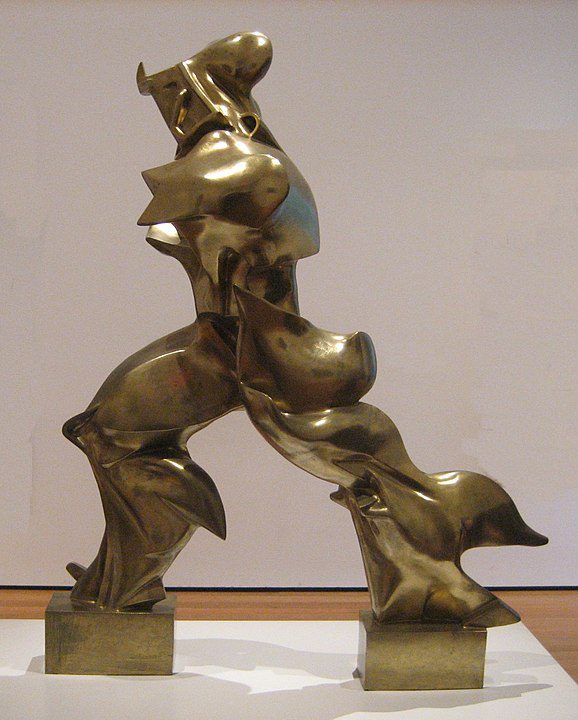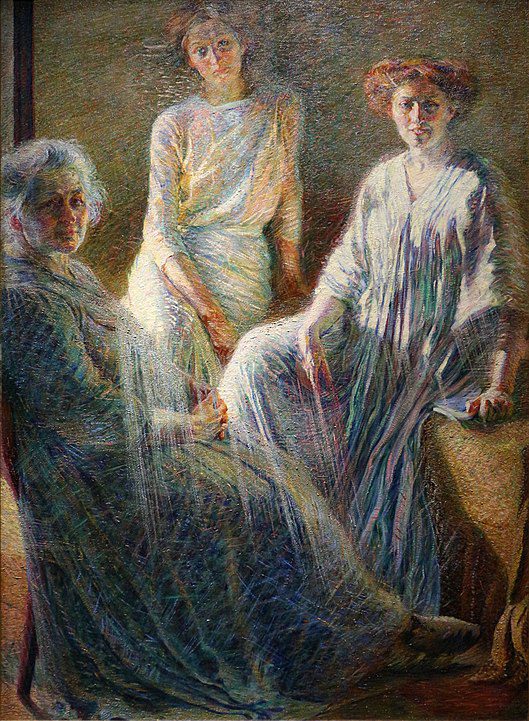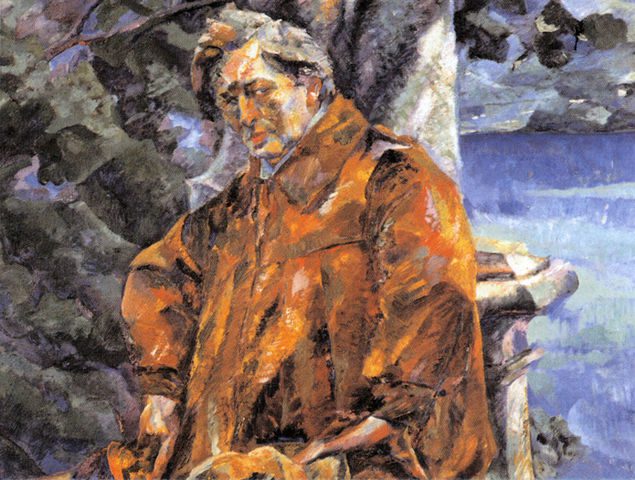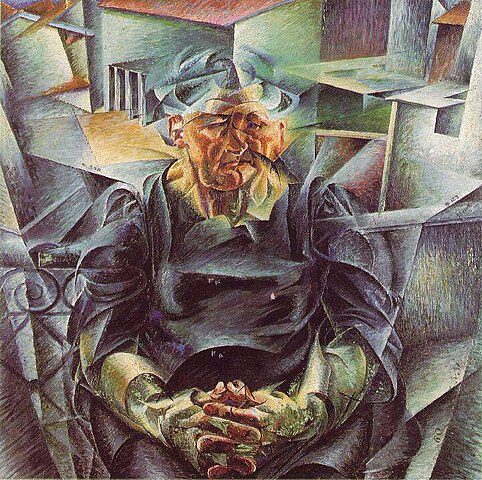

Umberto Boccioni, born on October 19, 1882, in Reggio Calabria, Italy, was a pivotal figure in the development of modern art, particularly as a leading exponent of the Futurist movement. His work is synonymous with the dynamic energy and motion of the early 20th century, capturing the tumult and pace of industrial and societal change. Boccioni’s contributions were not limited to his painting and sculpture; he was also instrumental in articulating the theoretical underpinnings of Futurism, advocating for a radical break with the past and embracing the modern world’s technology, speed, and mechanization.
Boccioni’s early life was characterized by frequent moves across Italy due to his father’s job, exposing him to a variety of regional artistic traditions. He began his formal art education in Rome, where he studied drawing and painting, and later moved to Milan, where he was exposed to the burgeoning avant-garde community. It was in Milan that Boccioni’s artistic path took a decisive turn after meeting poets Filippo Tommaso Marinetti and other artists with whom he would found the Futurist movement in 1909.


The Futurist movement, with its emphasis on modernity, rejected the artistic traditions of the past, seeking instead to capture the essence of a rapidly changing world dominated by machines, speed, and technological progress. Boccioni expressed these ideals through his paintings and sculptures, employing techniques and forms that conveyed movement and transformation. His manifesto, “Technical Manifesto of Futurist Painting” (1910), and subsequent writings outlined a new approach to art that celebrated and critiqued modern life.
Chaos & Energy
Boccioni’s most famous works include the painting “The City Rises” (1910) and the sculpture “Unique Forms of Continuity in Space” (1913). In “The City Rises,” Boccioni captures the chaotic energy of urban construction, reflecting the transformative power of industrialization on the urban landscape. “Unique Forms of Continuity in Space,” on the other hand, represents the pinnacle of his sculptural work, embodying the fluidity and dynamism of movement, an iconic representation of Futurism’s fascination with speed and the mechanical beauty of the modern age.


Despite his fervent embrace of modernity, Boccioni’s work is deeply rooted in a mastery of traditional techniques, which he then subverted or expanded upon to explore new aesthetic territory. His exploration of movement, for instance, drew upon both the Cubist fragmentation of form and a profound understanding of classical sculpture, resulting in works that are at once revolutionary and deeply connected to the art historical canon.
Futurist Visionary
Boccioni’s career was tragically cut short when he died on August 17, 1916, at the age of 33, from injuries sustained in a cavalry training exercise during World War I. His premature death meant that many of his innovative ideas and techniques were left unexplored, yet his impact on the course of modern art remains profound. Boccioni’s works and writings continue to be celebrated for their visionary quality and their ability to encapsulate the essence of the Futurist movement—a celebration of the modern world’s dynamism, a critique of its dehumanizing aspects, and a bold experimentation with new forms of expression.


Today, Umberto Boccioni is remembered as a visionary artist whose work challenged conventional aesthetics and opened new possibilities for the representation of movement and the modern experience. His legacy is evident in the continued relevance of his ideas and the enduring fascination with his art, which remains a vibrant part of the dialogue on modernity and its impacts on the human condition.







